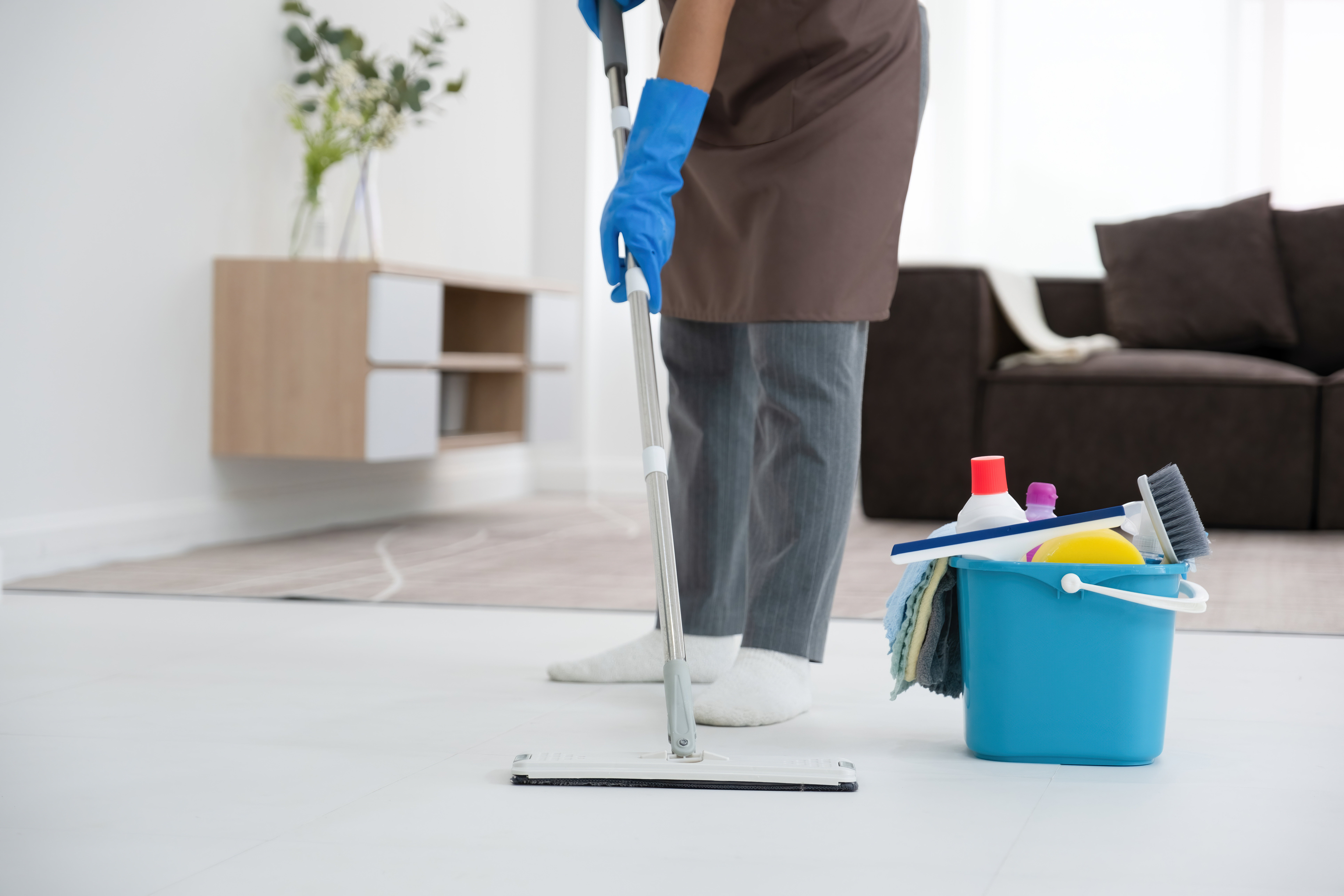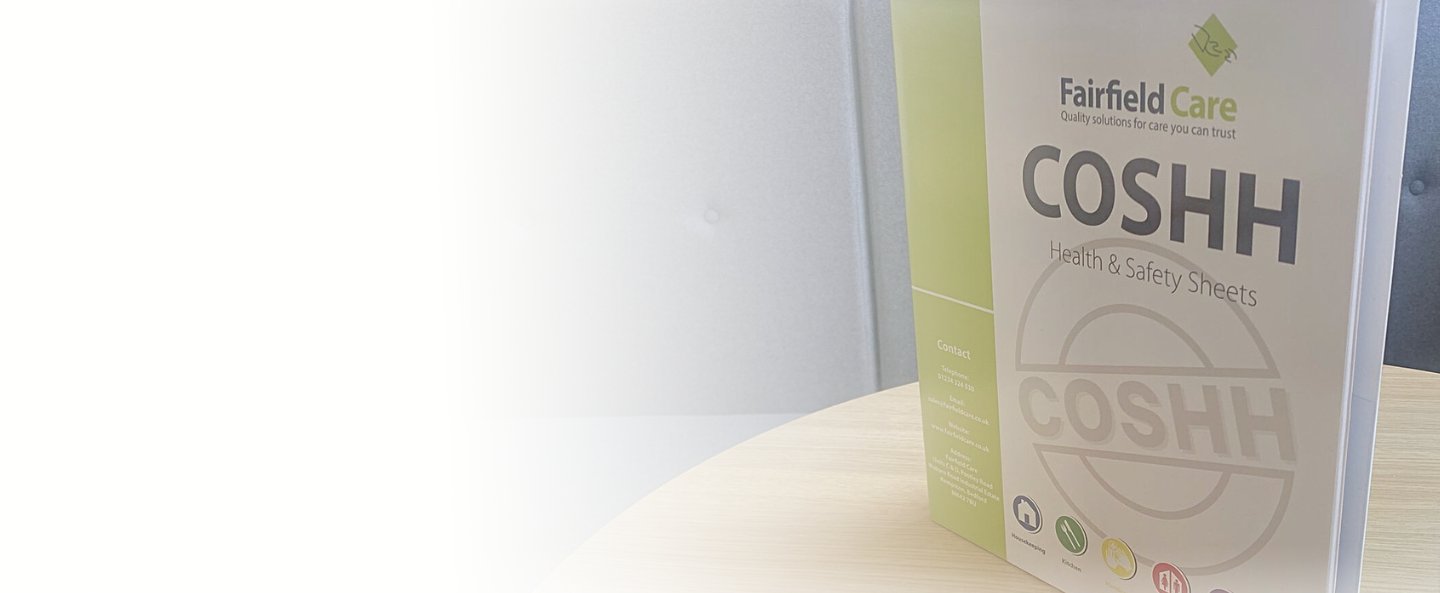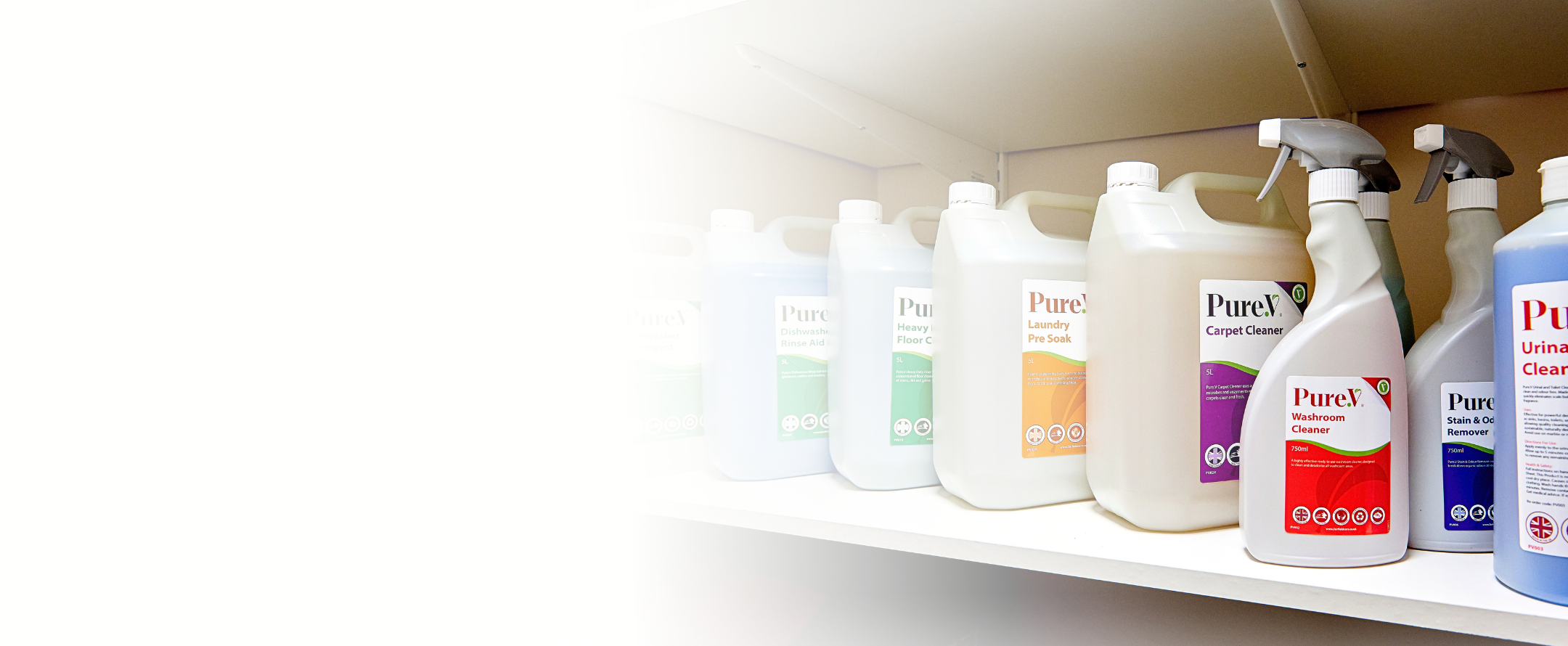Laundry, in a busy care home, can often be overlooked, but plays a critical role in maintaining the health and well-being of residents. Proper laundry management can prevent the spread of infections and enhance the overall quality of care. As a care home manager, understanding and implementing effective laundry guidelines is not just a regulatory requirement but a moral duty.
Key takeaways
-
Hygiene and infection control are paramount in care home laundry practices
-
Standardised laundry procedures enhance efficiency and resident satisfaction
-
Proper linen processing and segregation are critical for maintaining cleanliness
-
Compliance with regulations ensures safety and legal adherence
-
Regular staff training on laundry guidelines is essential for consistent practice
Importance of laundry guidelines in care home settings
Laundry guidelines might seem mundane, but they are lifelines in ensuring a hygienic and safe environment for residents. In care homes, where vulnerable individuals reside, maintaining impeccable cleanliness standards is non-negotiable.
Proper laundry guidelines ensure a hygienic environment for residents. By following these protocols, you can significantly reduce the risk of infections and diseases spreading. This is especially crucial in care home environments, where residents often have compromised immune systems.
Effective laundry practices reduce the risk of cross-contamination. When laundry is handled properly, the chances of bacteria and viruses spreading from soiled to clean items are minimised. This is vital in maintaining infection control and safeguarding the health of everyone in the care home.
Standardised procedures improve overall efficiency in care homes. Clear and consistent guidelines help staff understand their roles and responsibilities, leading to smoother operations. With everyone on the same page, the laundry process becomes more streamlined and effective.
Understanding infection control in care home laundries
Infection control is the backbone of any care home laundry operation. Without stringent measures, the risk of disease spread can increase, endangering both residents and staff.
Infection control principles are crucial in preventing disease spread. By adhering to strict guidelines, you can keep harmful pathogens at bay and create a safer living environment for residents.
Regular disinfection of laundry facilities minimises bacterial growth. Ensuring that washing machines, dryers, and other equipment are cleaned and disinfected regularly is essential. This prevents the build-up of bacteria and other harmful microorganisms.
Proper handling of soiled linen prevents contamination. Soiled linens should be handled with gloves and placed in designated laundry bags immediately. This reduces the risk of contamination and keeps the laundry area clean.
Training staff on infection control measures is essential. Staff should be well-versed in the principles of infection control, including proper handling, washing, and storage of linens. Regular training sessions can help reinforce these practices.
Consistent monitoring ensures adherence to infection control protocols. Regular checks and audits can help identify any lapses in protocol and ensure that staff are following the guidelines correctly. This ongoing vigilance is crucial in maintaining a safe environment.

Guidelines for safe management of linen processing
Linen processing is a critical component of care home laundry management. Proper handling and washing techniques can mean the difference between a safe environment and one rife with contamination.
Segregating soiled linen from clean laundry maintains hygiene. Soiled linens should be kept separate from clean items at all times to prevent cross-contamination. This can be achieved through the use of separate laundry bags and designated storage areas.
High-temperature washing effectively kills pathogens. Washing linens at high temperatures is one of the most effective ways to eliminate bacteria and viruses. This is especially important for items that come into direct contact with residents.
Using appropriate detergents ensures thorough cleaning. The right detergents can make a significant difference in the cleanliness of linens. Fairfield Care offers a range of laundry cleaning chemicals that are both effective and safe.
Regular maintenance of washing machines is necessary. Keeping washing machines and dryers in good working order ensures that they function effectively. Regular maintenance checks can help prevent any breakdowns and maintain high hygiene standards.
Proper storage of clean linen prevents recontamination. Once linens are washed and dried, they should be stored in a clean, dry place. This prevents them from coming into contact with any potential contaminants.
Implementing laundry segregation practices
Segregation is a cornerstone of effective laundry management. By keeping different types of linens separate, you can significantly reduce the risk of contamination.
Colour-coded bags help in segregating different types of linen. Using different coloured bags for soiled, clean, and infected linens makes it easier for staff to identify and handle them correctly. This simple practice can greatly enhance hygiene.
Designated areas for soiled and clean laundry reduce contamination risks. Having separate areas for soiled and clean laundry ensures that they do not come into contact with each other. This physical separation is key to maintaining cleanliness.
Regular staff training on segregation practices is vital. Staff should be trained on the importance of segregation and how to implement it correctly. Regular refresher courses can help reinforce these practices.
Clear signage in laundry areas enhances compliance. Signage can be a helpful visual reminder for staff, ensuring that they follow the correct procedures. This can include signs indicating where to place soiled linen and where to store clean items.
Consistent monitoring ensures proper segregation is practiced. Regular checks can help ensure that staff are following segregation practices correctly. This ongoing vigilance is essential in maintaining high standards of hygiene.
Compliance with care home laundry regulations
Compliance with home laundry regulations is not just a legal requirement but a critical part of maintaining a safe environment for residents and staff. Understanding and adhering to these regulations can help you avoid legal issues and ensure the highest standards of care.
Care homes in the UK are governed by various legislation including the Care Standards Act 2000, Health and Social Care Act 2008, and the Care Quality Commission regulations to ensure the safety and well-being of residents.
Adhering to legal standards ensures the safety of residents and staff. By following the regulations, you can create a safer environment for everyone in the care home. This includes proper handling, washing, and storage of linens.
Regular audits ensure ongoing compliance with regulations. Regular checks and audits can help identify any lapses in protocol and ensure that the care home is adhering to the required standards. This ongoing vigilance is key to maintaining compliance.
Keeping updated with changes in regulations is crucial. Regulations can change, and it's essential to stay informed about any updates. This can help you adapt your practices and ensure ongoing compliance.

Best practices for maintaining clean & hygienic care home laundries
Maintaining a clean and hygienic environment in a care home requires ongoing effort and attention to detail. By implementing best practices, you can create a safer and more comfortable living space for residents.
Regular cleaning of laundry facilities prevents contamination. Ensuring that washing machines, dryers, and other equipment are cleaned regularly is essential. This prevents the build-up of bacteria and other harmful microorganisms.
Proper ventilation in laundry areas reduces moisture and mould risks. Good ventilation helps keep the laundry area dry and prevents the build-up of mould and mildew. This is crucial in maintaining a hygienic environment.
Consistent monitoring of laundry practices ensures adherence to guidelines. Regular checks can help ensure that staff are following the correct procedures. This ongoing vigilance is key to maintaining high standards of hygiene.
Training staff on laundry guidelines
Regular training sessions keep staff updated on best practices. Staff should receive regular training on the latest guidelines and best practices. This helps ensure that they are well-informed and up-to-date.
Hands-on training enhances staff understanding of guidelines. Practical, hands-on training can be more effective than theoretical sessions. It helps staff understand how to implement the guidelines in real-life scenarios.
Providing written guidelines ensures consistent reference. Staff should have access to written guidelines that they can refer to as needed. This helps ensure that they follow the correct procedures consistently.
Encouraging staff feedback improves training programmes. Staff feedback can provide valuable insights into the effectiveness of training programmes. This can help you identify any areas that need improvement.
Continuous monitoring of staff adherence is essential. Regular checks can help ensure that staff are following the guidelines correctly. This ongoing vigilance is crucial in maintaining high standards of hygiene.
Our BriTex laundry cleaning chemicals
Fairfield Care offers a comprehensive range of laundry chemicals that can help you maintain high standards of cleanliness and hygiene in your care home. From detergents to softeners, our products are designed to meet the specific needs of care homes.
Our range of laundry chemicals includes everything you need for effective and safe cleaning. Whether you need a powerful detergent to remove tough stains or a softener to keep linens feeling fresh and soft, we have you covered.
Our BriTex brand is renowned for its quality and effectiveness. Our products are formulated to deliver excellent cleaning results while being gentle on fabrics. This ensures that your linens remain in good condition and provide comfort to residents.
In addition to detergents and softeners, we also offers detainers and laundry boosts. These products can help tackle stubborn stains and enhance the overall cleaning process. They are a valuable addition to any care home laundry routine.
Auto-dosing systems for care homes laundries

Fairfield Cares' auto-dosing system can significantly enhance your laundry operations. This system is designed to reduce waste and improve efficiencies, making it a valuable addition to any care home.
The auto-dosing system ensures that the correct amount of detergent and other chemicals are used for each load. This eliminates the risk of overuse or underuse, leading to more efficient and effective cleaning.
By reducing waste, the auto-dosing system can help you save on costs. Using the right amount of chemicals ensures that you get the best cleaning results without wasting valuable resources. This can lead to significant cost savings over time.
The auto-dosing system also improves the consistency of your laundry processes. With the correct amount of chemicals used for each load, you can achieve consistent cleaning results every time. This helps maintain high standards of hygiene and cleanliness. Get in touch today to find out how we can help you with your laundry.
.png)



